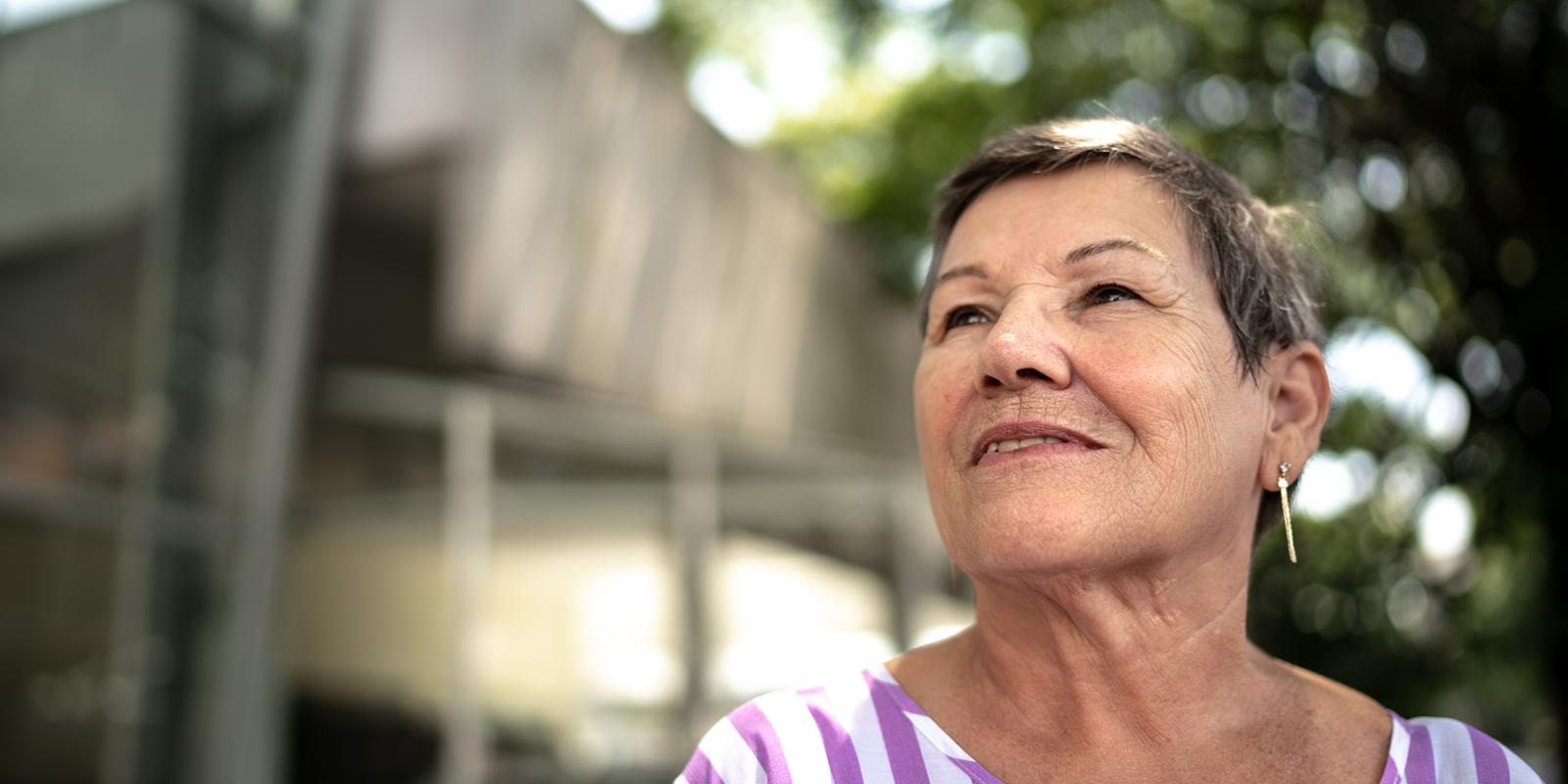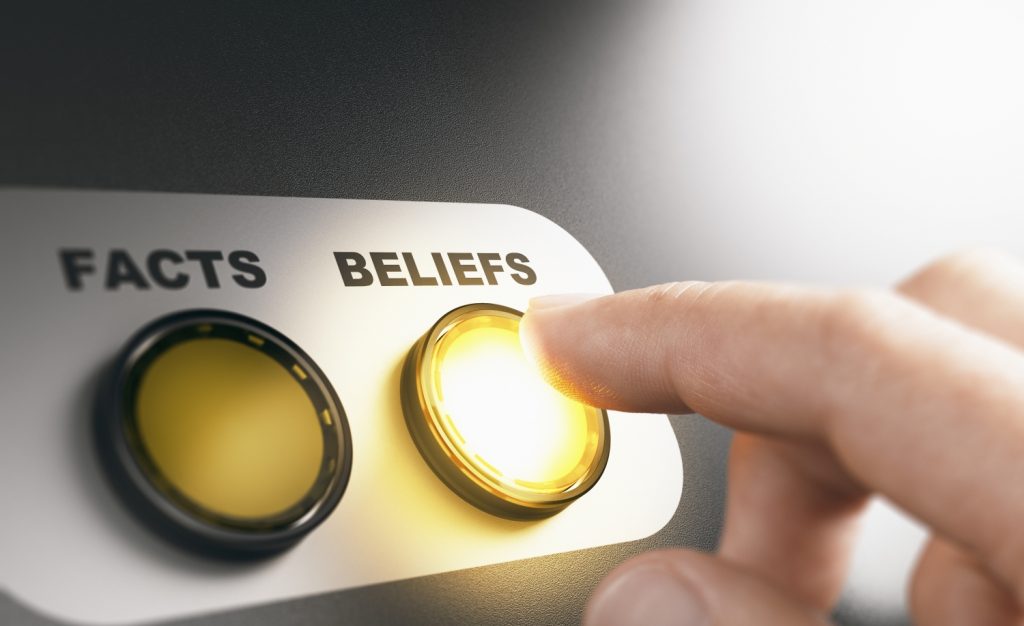When Esther, the new student, walked into my high school homeroom in 1963, our junior year, it was love at first sight for both of us. We were 16 and our emotions were powerful and true. But Esther and I had no language—words like “out” weren’t yet coined and “queer” and “dyke” were still slurs. We had no literature, no role models, no positive films, nowhere to go. We knew that the way in which we were “best friends” had to remain a secret, but we couldn’t describe why—even to each other. This should have been a happy love story—and it was for the next two years—until it was turned into a nightmare.
When we were “caught” toward the end of high school, the results were dire. She took an overdose and was sent away to live with a distant aunt. I was forced into seeing a psychiatrist whose interest in my case was anything but helpful. “And then what did you do to her? And what did she do to you?” he asked, breathlessly, in every single session.
Perfecting the Ways of the Closet
Two girls in love? According to the medical journal The Lancet, “homosexuality was classified as a mental illness in the DSM until 1973, when it was replaced with the diagnosis of ‘sexual orientation disturbance.’ ” Also, it was illegal. This continued to be the case in more than a dozen U.S. states until the Supreme Court ruled in Lawrence v. Texas—and that was in 2003!
When in the autumn of 1965 I went far away to college, I spent four years perfecting the ways of the closet. We prepared our apartments for instant transformation: Incriminating photographs were placed where they could be quickly taken down and shoved in a nearby drawer. An extra bedroom with clothes in the wardrobe and sheets on the bed was kept ready, or alternatively the couch had to be a sleeper.
At work, we used opposite gender pronouns to disguise the sex of the person with whom we spent weekends. Lesbians and gay men made up agreements of “romantic” convenience when parents visited or there was a work party to attend, sometimes even marrying to get their families and society off their backs. That relationship was called “a beard”—as in, “Who is John to her? He’s her beard.”
‘At work, we used opposite gender pronouns to disguise the sex of the person with whom we spent weekends.’
The only place to meet was—if you were in a big city—a bar, where, like a speakeasy, the owners paid off the cops and then charged exorbitant prices for watered down drinks in nasty basement venues. If you got lucky, you hooked up with a group of women who had small parties in their own homes.
Even at the start of the women’s movement, there was homophobia, notoriously in NOW (National Organization of Women). But within a year we broke through what Betty Friedan rudely called “the lavender menace” and took our rightful place as “out” leaders and activists.
I threw myself into the women’s liberation movement in 1968. Then, in 1969, following the first widely publicized gay rebellion against police harassment at the Stonewall Inn (in New York City), I was on the ground floor of Boston’s gay liberation movement. And what a movement it was!
Civil Rights Earned, and Sometimes Taken Back
I ended up in passionate, innovative collectives as we created a network of brilliance: dances, newspapers, literary journals, bookstores, music festivals, direct action organizations, feminist therapy, art collectives, underground radio stations. The 1970s were a period of such liberation and flowering for women in general, and lesbians in particular, that they are remembered by many of us pioneers as the absolute high point of our lives.
Fast forward to the 2000s and now one of my primary political concerns is the particular needs of LGBTQ elders. At 73, I’m well aware of the threat of being tossed back into the closet if and when I need care by strangers. When you are dependent upon people who may have a religious or personal disgust with the idea of homosexuality, you need to hide your identity.
If you get that care at home, you may be back to hiding photographs of your real life and loves. If you get that care in an institution, you must warn your visitors to guard their behavior. No one wants their butt wiped by a person who thinks they are headed for hell.
We face additional obstacles. More than 20 percent of LGBTQ elders are not out to their doctors, putting a crimp in their ability to receive appropriate care. Our poverty rates are higher than the general population, as are the numbers of us who live alone. We have far fewer children and grandchildren to look after us and many of us were alienated from our homophobic biological families.
‘Churches were, for decades, unforgiving and judgmental.’
Gay men lost far too many people of their generation to AIDS. Churches were, for decades, unforgiving and judgmental. In addition, elders of color suffer all the barriers of racism—with poorer healthcare, generational economic unfairness and obstructed access to resources. And so our social isolation can be dangerously intense.
But we know what to do. We are building a movement of older LGBTQ folks—and in many cases it has served us well during the pandemic. We have Zoom socials, sometimes featuring our performing artists; we have lectures, game nights and workshops on mourning during COVID. I teach writing for the LGBTQ Rainbow Lifelong Learning Institute.
I just ran a panel called “Writing Elders” for ReadOut, a lesbian literary festival that attracted more than 900 on Zoom. Our community-building skills from the old days are, 50 years later, just what the doctor ordered.
Sue Katz is a journalist and fiction writer who has been published in anthologies, magazines and online on the three continents where she has lived. She began her lifelong activism in the civil rights movement in the early 1960s. Her first play was recently produced by the prestigious The Theater Offensive in honor of Stonewall 50. Her fiction books, often focusing on the lives of elders, include A Raisin in My Cleavage: short and shorter stories, Lillian’s Last Affair and other stories, and Lillian in Love. Visit her long-running blog Consenting Adult at www.suekatz.com or email her at sue.katz@yahoo.com.













